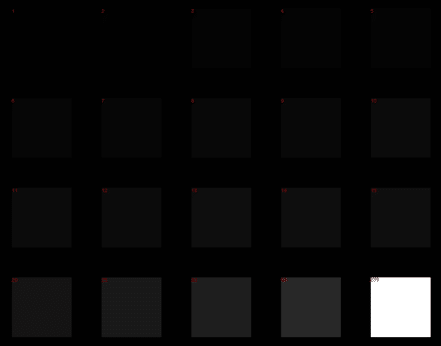Most people think that the new flat-panel television they just purchased is adjusted perfectly right out of the box, with no need for any more adjusting. They think wrong.
Television manufacturers purposely adjust their sets at the factory to jump out at you on the showroom floor, vying for your video dollars. It’s their way of saying “buy me”. There is a video standard, called D65, or 6500 degrees Kelvin, to which all video produced for films and television adheres. This is the standard that flat panel tv calibration seeks to find, and does.

You may say “It looks fine to me” however, here are some facts to consider:
- The human eye sees the color blue as bright. Guess which color is cranked up to almost max on most sets? Not only that, but on most sets that control is unavailable to the user.
- Contrast and picture mode are usually set on something called “Vivid”, or something similar. Calibrators call it “Torch Mode”
- Adjusted this way, you are missing detail and resolution. Most grass isn’t that green.
Leaving the set un-calibrated can result in the following:
- An early demise of your set, as it is being run “full bore” all the time.
- Unnecessarily high electric bills. It takes more power to produce those “vivid” colors.
- Unnatural looking pictures, with no detail and reduced resolution.
A typical proposal would involve a debtor making monthly payments for a maximum of five years, with the funds distributed to their creditors. Even though most proposals call for payments of less than the full amount of the debt owing, in most cases, the creditors will accept the deal, because if they do not, the next alternative may be personal bankruptcy.
A Bankruptcy Exemption defines the property a debtor may retain and preserve through bankruptcy. Certain real and personal property can be exempted on “Schedule C” of a debtor’s bankruptcy forms, and effectively be taken outside the debtor’s bankruptcy estate. Bankruptcy exemptions are available only to individuals filing bankruptcy.
Advocates of BAPCPA claimed that its passage would reduce losses to creditors such as credit card companies, and that those creditors would then pass on the savings to other borrowers in the form of lower interest rates. Critics have argued that these claims turned out to be false. After BAPCPA passed, although credit card company losses decreased, prices charged to customers increased, and credit card company profits soared.
Resources
- Personal Insolvency 2.76 MB
- Assurance Brochure 2.86 MB
Market Specialists

Mark Sullivan
Head of Department
890.934.2900
[email protected]


